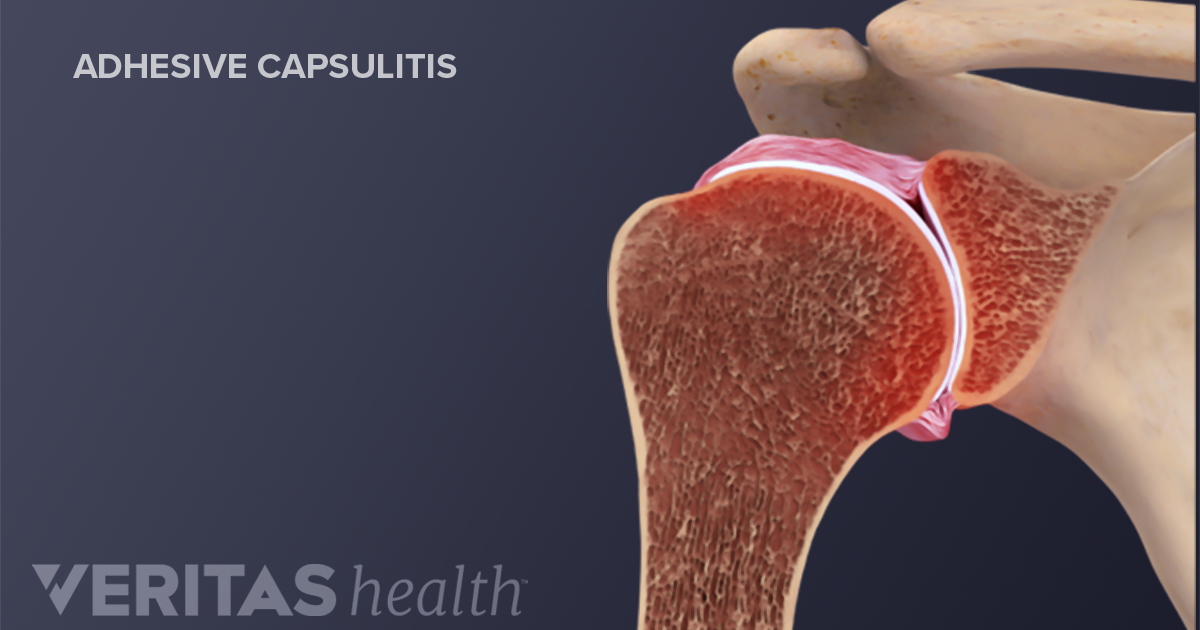
Pendulum exercises can be used in flexion or abduction or circular motion. 2 shows three commonly performed stretching exercises that are particularly useful for patients in this painful stage. Patients should begin with short-duration (1–5 seconds) range of motion exercises, which should be in a relatively pain-free range.( 20) Fig. The application of moist heat in conjunction with stretching has been shown to improve muscle extensibility.( 19) Certain patients might also find it useful to take analgesics before physical therapy. A heat or ice pack can be applied as a modality to relieve pain before the start of these exercises. pendulum exercise, passive supine forward elevation, passive external rotation, and active assisted range of motion in extension, horizontal adduction, and internal rotation). These exercises include gentle shoulder mobilisation exercises within the tolerated range (e.g. Pain is often most severe during the freezing phase and patients in this phase would benefit from learning pain-relieving techniques. Table I summarises the key features of each stage. Nevertheless, it is imperative to consider the patient’s symptoms and stage of the condition when selecting a physical treatment method for frozen shoulder. The physical therapy for primary idiopathic frozen shoulder described herein can be useful for prescribing home exercises to increase shoulder mobility. Many physical therapy and home exercises can be used as a first-line treatment for adhesive capsulitis.( 12) Physical therapy has been shown to bring about pain relief and return of functional motion.( 15) When used in combination with physical therapy, NSAIDs were proven to be more effective as compared to using NSAIDs alone.( 16) Similarly, various studies on intra-articular corticosteroids used in combination with physiotherapy resulted in better outcomes compared to intra-articular corticosteroids alone.( 17, 18) Common conservative treatments for frozen shoulder include nonsteroidal anti-inflammatory drugs (NSAIDs), glucocorticoids given orally or as intra-articular injections, and/or physical therapy.( 14) Many practitioners, however, find themselves limited to prescribing medications to relieve pain and inflammation.
FROZEN SHOULDER FULL
It is also advisable to acknowledge that full range of motion may never be restored. Explaining the natural history of the condition often helps to reduce frustration, increase compliance and allay fears for the patient. Clinicians are encouraged to start the treatment with patient education. Most frozen shoulder cases can be managed in the primary care setting. During the thawing stage, the patient experiences a gradual return of range of motion that takes about 5–26 months to complete.( 7, 8) Although adhesive capsulitis is often self-limiting, usually resolving in 1–3 years,( 9) it can persist, presenting symptoms that are commonly mild pain is the most common complaint.( 10, 11) The pain will begin to subside during the frozen stage with a characteristic progressive loss of glenohumeral flexion, abduction, internal rotation and external rotation. In the freezing stage, which lasts about 2–9 months, there is a gradual onset of diffuse, severe shoulder pain that typically worsens at night. These patients develop pain from the shoulder pathology, leading to reduced movement in that shoulder and thus developing frozen shoulder.įrozen shoulder often progresses in three stages: the freezing (painful), frozen (adhesive) and thawing phases ( Fig.

rotator cuff tendon tear, subacromial impingement, biceps tenosynovitis and calcific tendonitis).


Secondary adhesive capsulitis can occur after shoulder injuries or immobilisation (e.g. Primary idiopathic frozen shoulder is often associated with other diseases and conditions, such as diabetes mellitus, and may be the first presentation of a diabetic patient.( 3) Patients with systemic diseases such as thyroid diseases( 4, 5) and Parkinson’s disease( 6) are at higher risk. Frozen shoulder, also known as adhesive capsulitis, is defined as “ a condition of uncertain aetiology, characterised by significant restriction of both active and passive shoulder motion that occurs in the absence of a known intrinsic shoulder disorder”.( 1) Patients with frozen shoulder typically experience insidious shoulder stiffness, severe pain that usually worsens at night, and near-complete loss of passive and active external rotation of the shoulder.( 2) There are typically no significant findings in the patient’s history, clinical examination or radiographic evaluation to explain the loss of motion or pain.įrozen shoulder can be classified as primary or secondary.


 0 kommentar(er)
0 kommentar(er)
